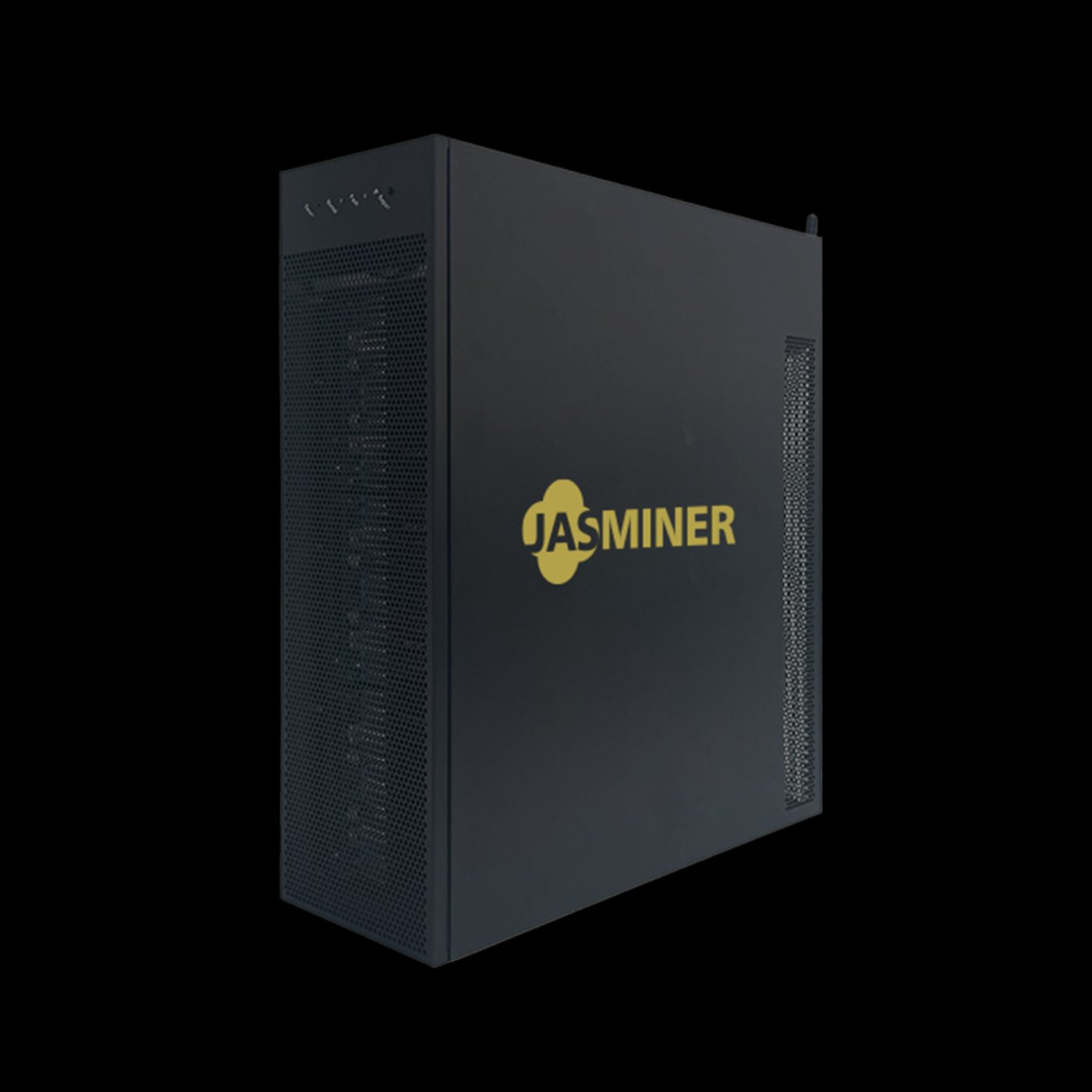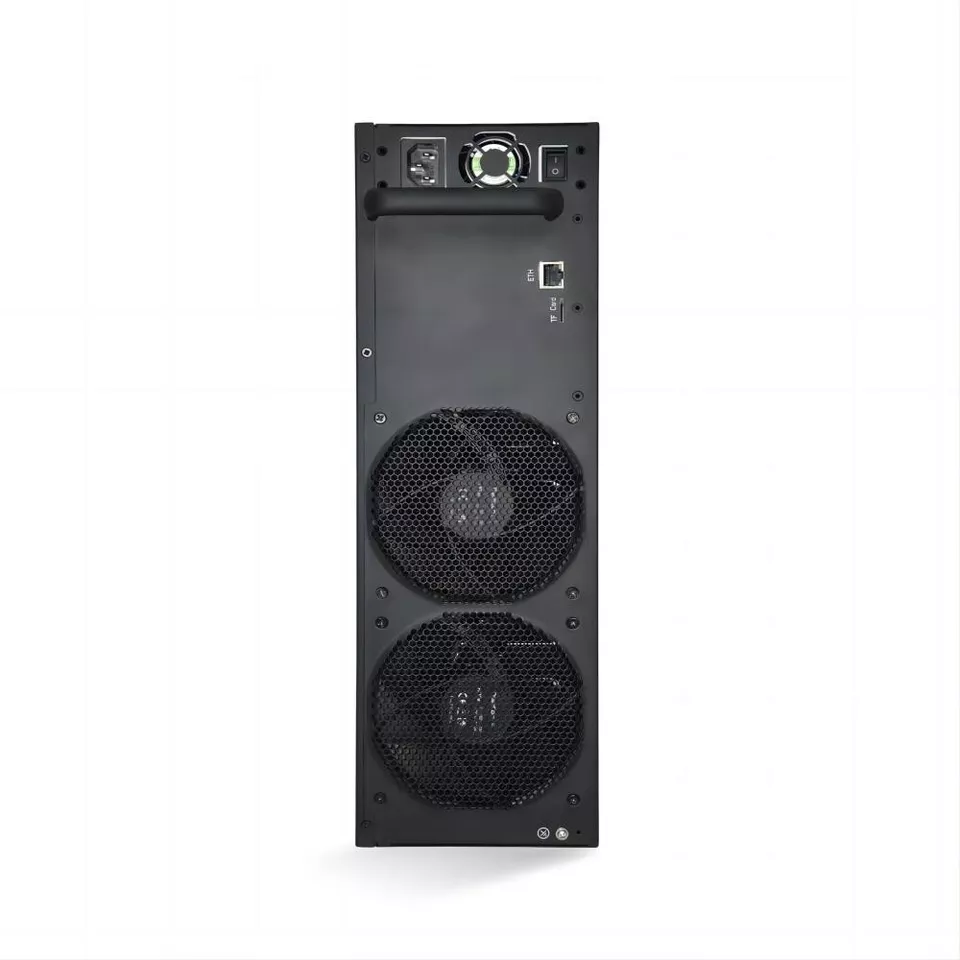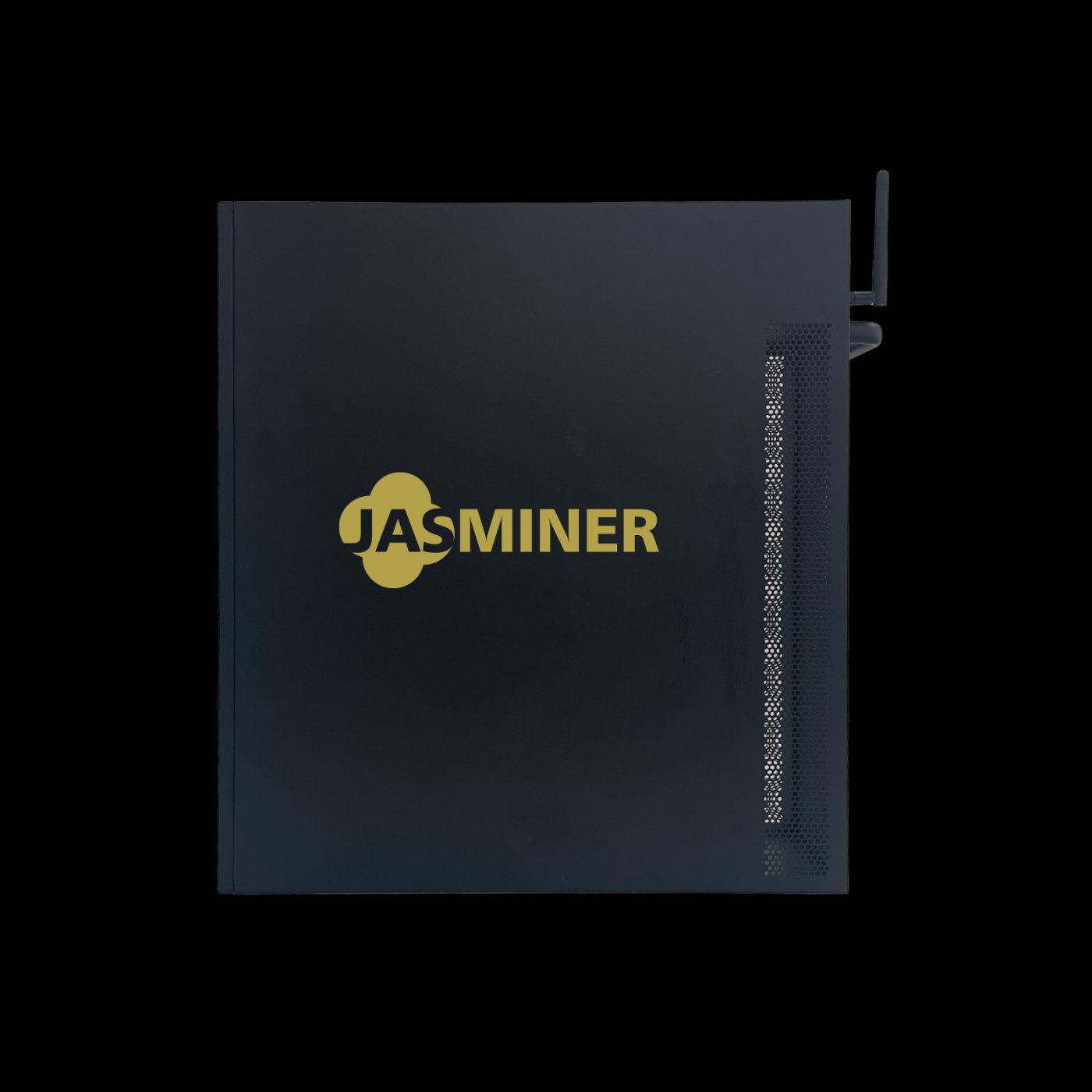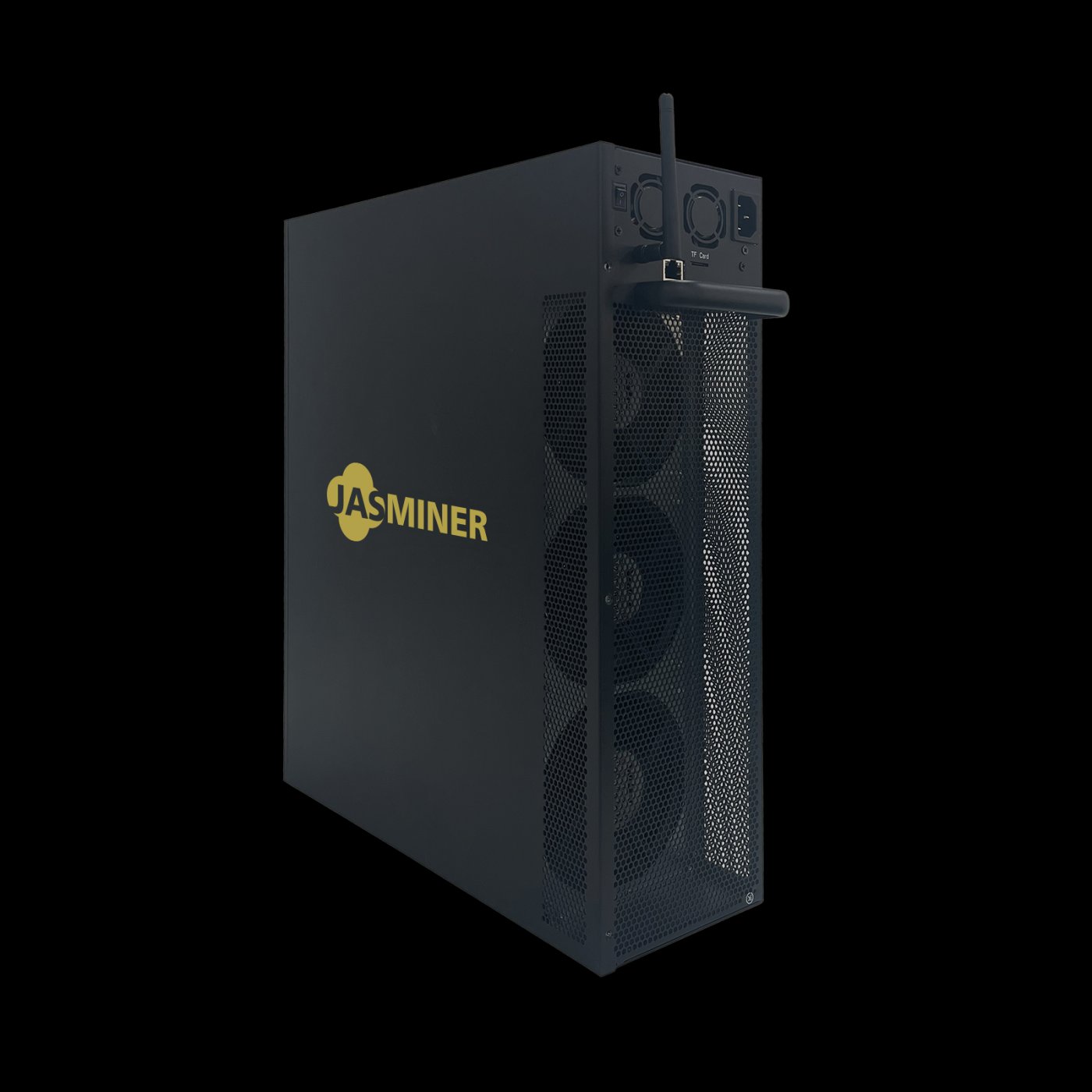Can JASMINER X16-QE be Overclocked for Better Performance?
Cryptocurrency mining has evolved into a highly competitive industry where efficiency, performance, and reliability are paramount. The JASMINER X16-QE, a cutting-edge mining solution engineered specifically for ETCHASH and ETHASH algorithms, has quickly gained attention for its exceptional capabilities. With a hash rate of up to 1750MH/s (±10%) and an industry-leading power efficiency ratio of 0.33J/MH, this mining powerhouse promises both high performance and sustainability. However, for miners seeking to maximize their returns, the question arises: *Can the JASMINER X16-QE be overclocked for better performance?* In this article, we’ll explore the potential for overclocking, its implications, and the practical considerations miners need to account for when pushing this device beyond its factory settings.
Understanding the JASMINER X16-QE: A Brief Introduction
Before delving into overclocking, it’s essential to understand what makes the JASMINER X16-QE stand out in the crowded mining hardware market. Designed for professional-grade mining operations, this device combines advanced architecture with practical features tailored for both institutional and home-based miners.
At its core, the X16-QE boasts three high-performance chips that deliver an impressive hash rate of up to 1750MH/s, making it a top contender for ETCHASH and ETHASH mining. Its power efficiency ratio of 0.33J/MH ensures minimal energy consumption relative to its output, a critical factor in reducing operational costs. Additionally, the device features a triple-fan cooling system and an optimized airflow design, maintaining stable operation within a temperature range of 0-40°C while keeping noise levels below 40dB.

The X16-QE’s design is equally noteworthy. With a standard 3U server form factor and dual-mounting capabilities, it’s versatile enough for both data center deployments and home mining setups. Its compact dimensions (445mm×132.5mm×443mm) and 10KG weight make it space-efficient, while its support for 110-240V input ensures compatibility with global power standards. Connectivity options, including Gigabit Ethernet and WiFi, further enhance its flexibility.
The Concept of Overclocking: What It Means for Mining Hardware
Overclocking refers to the process of increasing a device’s clock rate beyond its factory settings to achieve higher performance. In the context of cryptocurrency mining, overclocking can lead to an increased hash rate, potentially boosting mining output and profitability. However, this practice comes with trade-offs, including higher power consumption, increased heat generation, and a potential reduction in the device’s lifespan.

For miners considering overclocking the JASMINER X16-QE, it’s crucial to weigh these factors carefully. While the device’s advanced thermal management system and robust architecture make it a strong candidate for overclocking, pushing it beyond its designed limits requires a thorough understanding of its capabilities and limitations.
Can the JASMINER X16-QE Be Overclocked?
The short answer is yes—the JASMINER X16-QE can be overclocked to enhance its performance. However, the extent to which it can be overclocked and the resulting benefits depend on several factors, including thermal management, power supply, and the miner’s ability to monitor and optimize settings.
Key Considerations for Overclocking the JASMINER X16-QE
- Thermal Management:
The X16-QE’s triple-fan cooling system and optimized airflow design are designed to handle its factory-specified hash rate and power consumption. Overclocking increases heat generation, so miners must ensure that the cooling system can effectively dissipate the additional heat. Monitoring temperatures closely and ensuring adequate ventilation are essential to prevent overheating and potential damage to the device.
- Power Consumption:
Overclocking typically leads to higher power consumption. While the X16-QE’s power efficiency ratio of 0.33J/MH is impressive, pushing the hash rate beyond its default settings will increase energy usage. Miners should evaluate whether the potential increase in mining output justifies the additional power costs.
- Stability and Reliability:
The X16-QE is engineered for stable 24/7 operation under its factory settings. Overclocking may introduce instability, leading to frequent crashes or reduced uptime. Miners should test incremental adjustments to find the optimal balance between performance and stability.
- Warranty and Longevity:
Overclocking often voids manufacturer warranties and can reduce the lifespan of mining hardware. Miners should consider whether the short-term gains from overclocking outweigh the potential long-term costs of premature hardware failure.
Practical Steps to Overclock the JASMINER X16-QE
For miners determined to overclock their JASMINER X16-QE, here are some practical steps to follow:
- Access the BIOS or Firmware Settings:
The X16-QE may allow adjustments to clock speed and voltage through its firmware interface. Accessing these settings requires technical expertise and careful navigation.
- Incremental Adjustments:
Start with small increases in clock speed and monitor the device’s performance, temperature, and stability. Record the results and gradually push the limits until optimal performance is achieved.
- Monitor Temperatures:
Use temperature monitoring tools to ensure the cooling system can handle the increased heat. Consider additional cooling solutions if necessary.
- Test Stability:
Run stress tests to ensure the device remains stable under the new settings. Frequent crashes or errors indicate that the overclocking limits have been exceeded.
- Evaluate ROI:
Assess whether the increased hash rate justifies the additional power consumption and potential hardware wear. Calculate the return on investment (ROI) to make an informed decision.
Potential Benefits of Overclocking the JASMINER X16-QE
When done correctly, overclocking the JASMINER X16-QE can yield several benefits:
- Increased Hash Rate:
Overclocking can push the hash rate beyond the factory-specified 1750MH/s, potentially increasing mining output and profitability.
- Enhanced Competitiveness:
In a competitive mining landscape, even small performance gains can translate to significant advantages, especially during periods of high network difficulty.
- Customization:
Overclocking allows miners to fine-tune the device’s performance to suit their specific mining conditions and goals.
Risks and Limitations of Overclocking
While the potential benefits are enticing, miners must also consider the risks:

- Reduced Lifespan:
Overclocking increases stress on the device’s components, potentially shortening its operational life.
- Voided Warranty:
Manufacturers typically void warranties for devices that have been overclocked, leaving miners responsible for any repairs or replacements.
- Instability:
Pushing the device beyond its designed limits can lead to crashes, downtime, and lost mining opportunities.
Conclusion: Balancing Performance and Practicality
The JASMINER X16-QE is a formidable mining solution that combines high performance, energy efficiency, and robust design. While it can be overclocked for better performance, miners must approach this practice with caution, carefully weighing the potential benefits against the risks. Proper thermal management, power supply considerations, and stability testing are essential to ensure successful overclocking.

Ultimately, the decision to overclock the JASMINER X16-QE depends on the miner’s expertise, operational conditions, and long-term goals. For those seeking to maximize their returns while maintaining device integrity, incremental adjustments and thorough monitoring are key. As with any advanced mining strategy, informed decisions and careful execution will yield the best results.